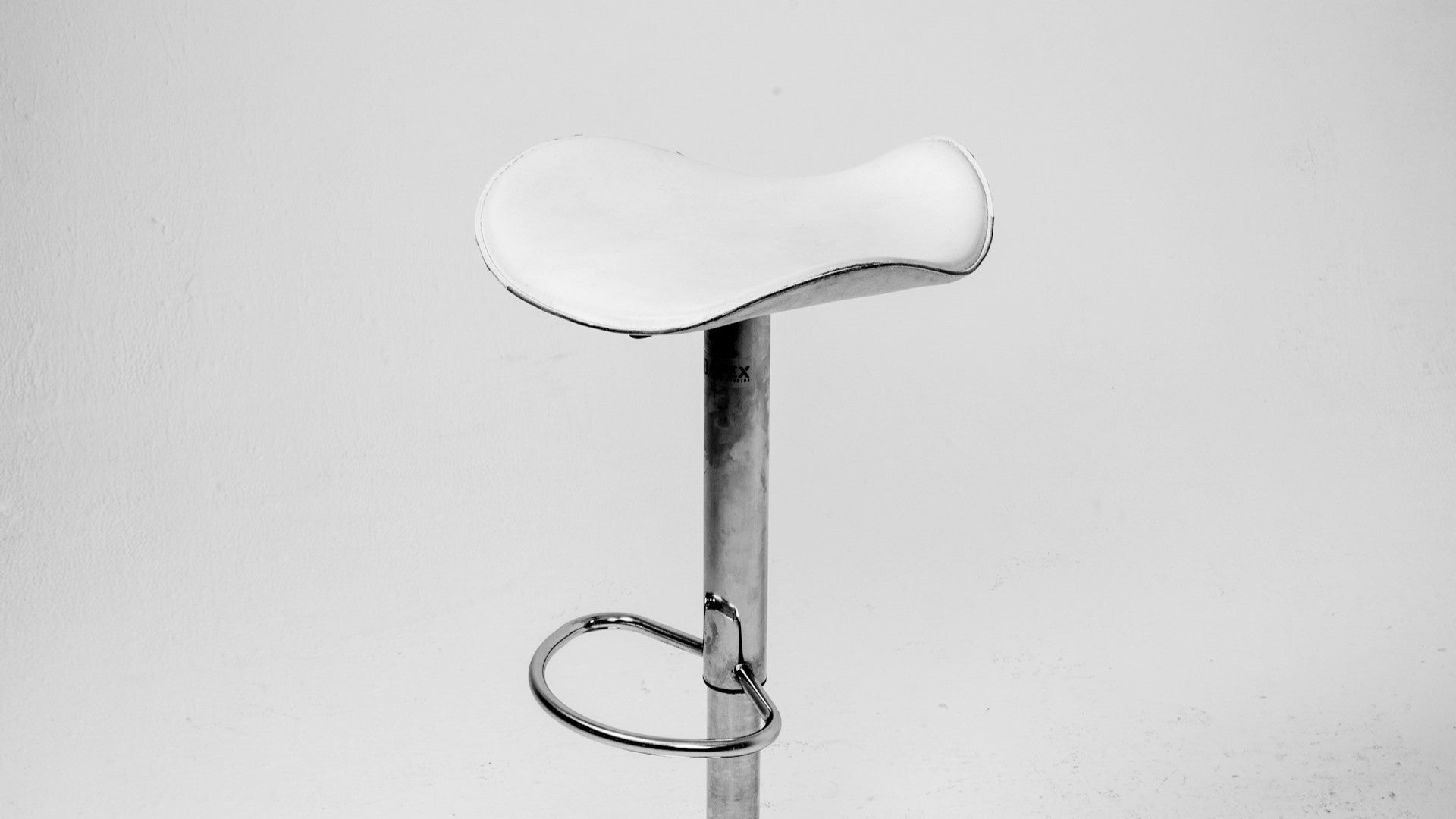

· By Trevor Horne
How to Properly Clean and Maintain Your Saddle Stool to Ensure Longevity and Hygiene
Saddle stools have become an indispensable piece of equipment in many healthcare settings, ranging from dental clinics and veterinary offices to surgical centers. These ergonomic seating solutions offer unparalleled comfort and support, promoting proper posture while reducing strain on the lower back. However, as with any medical product, saddle stools require regular care and maintenance to ensure their longevity and to maintain a clean and hygienic environment.
In this blog, we will provide a practical guide on properly cleaning and maintaining your saddle stool, addressing general upkeep, removing stubborn stains, and adhering to hygiene best practices specific to healthcare settings. As medical professionals, it is crucial to protect both your investment in ergonomic equipment and the health and safety of your patients. Regular saddle stool maintenance can help prolong your stool's lifespan, increase its durability, and ensure compliance with strict hygienic and sanitary protocols.
Join us as we explore practical tips and recommendations for maintaining your saddle stool in top condition, equipping you with the necessary knowledge to care for your investment and create a hygienic environment for your healthcare practice. Embrace proactive maintenance strategies, protect your ergonomic equipment, and enhance your workspace with our expert guide on proper saddle stool care and cleaning.
General Saddle Stool Upkeep
Regular maintenance and cleaning are essential in preserving the lifespan and appearance of your saddle stool. To ensure general upkeep, adhere to the following guidelines:
- Inspect your saddle stool periodically for signs of wear, damage, or loose screws, bolts, or other components. Address issues promptly to prevent further degradation and maintain functionality.
- Vacuum or wipe down the seat cushion regularly to remove dust and debris. Gentle cleaning can help reduce the buildup of grime and prolong the life of the upholstery.
- Avoid exposing your saddle stool to direct sunlight or excessive moisture. These elements can cause fading, discoloration, and degradation of the cushion material over time.
Cleaning and Disinfecting Procedures
Maintaining hygiene in healthcare settings is vital to minimizing the spread of infections and ensuring patient safety. To effectively clean and disinfect your saddle stool, follow these steps:
- Use a mild soap and water solution or an approved upholstery cleaner to clean the seat cushion. Avoid using harsh chemicals or aggressive cleaning agents, as they can damage the material.
- Wipe the frame and legs of the saddle stool with a damp cloth or disinfectant wipe to remove dirt and grime. In medical settings, it's essential to use healthcare-grade disinfectants compatible with your stool's material to ensure surfaces are adequately sanitized.
- Regularly clean and disinfect all adjustable components, such as levers, knobs, and mechanisms, focusing on contact points where germs could potentially accumulate.
- Allow the saddle stool to air dry before using it again. This helps prevent the growth of bacteria and ensures all cleaning residue is eliminated.
Removing Stubborn Stains and Spills
Accidents and spills can happen in healthcare settings. If your saddle stool becomes stained or soiled, it's essential to act quickly to minimize damage and prevent permanent discoloration:
- Blot spills immediately with a clean, dry cloth to absorb excess liquid and prevent the stain from spreading.
- Apply a mild soap and water solution or a suitable fabric cleaner to the affected area, using a clean cloth or sponge to massage the cleaner into the stain gently.
- Avoid applying excessive pressure or rubbing the stain vigorously, as these actions can cause damage to the upholstery and spread the stain further.
- Rinse the area with clean water, then blot dry with a fresh cloth, repeating the process if necessary. Allow the saddle stool to air dry fully before using it again.
Ensuring Hygiene Compliance in Your Healthcare Practice
While keeping your saddle stool clean and well-maintained is important, it is equally essential to establish a culture of hygiene compliance within your healthcare setting. To promote hygienic practices and safeguard patient health, consider these strategies:
- Encourage staff members to sanitize their hands regularly, particularly before and after patient interactions and following contact with equipment, such as saddle stools.
- Employ a routine cleaning schedule to ensure equipment and surfaces are consistently sanitized. Effective scheduling can help minimize the risk of cross-contamination in your workplace.
- Educate staff members on the importance of cleanliness and hygiene adherence in healthcare environments, reinforcing these practices' critical role in ensuring patient health and safety.
- Regularly reevaluate your cleaning protocols and update them as needed, particularly in response to emerging threats or new healthcare guidelines.
Conclusion
As healthcare professionals, it is essential to invest equal effort in preserving durable, hygienic equipment and maintaining a safe environment for both patients and practitioners. Proper cleaning and maintenance of your saddle stool play a crucial role in supporting this objective, prolonging the life of your ergonomic investment, and upholding the highest standards of cleanliness in your healthcare practice.
ProNorth Medical is dedicated to supplying healthcare professionals with top-quality medical equipment and supplies, including an extensive selection of saddle stools designed to enhance comfort and workplace wellness. Explore our products and solutions today, and learn more about caring for and maintaining your ergonomic seating investment for years to come.
